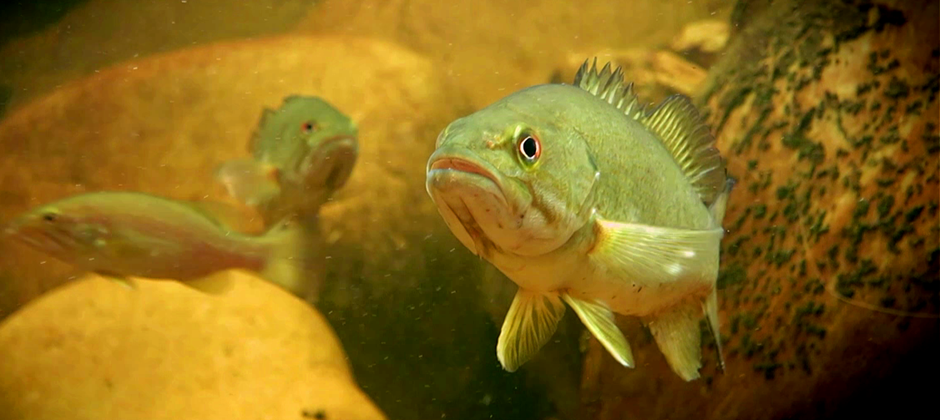The smallmouth bass (Micropterus dolomieu), a premier sportfish from North America, and has been stocked into rivers and dams throughout the fynbos region of South Africa to improve angling. Bass are voracious predators and there is growing concern over their impact on populations of the small and vulnerable endemic fish species. Quantitative assessment of bass impacts on native fish has only been carried out in a single fynbos stream, the Rondegat River in the Cedarberg Wilderness Area. Whether bass have similar impacts on other native fish species in other fynbos streams remains unknown.

A study published by Jeremy Shelton, former C·I·B student, compared native fish abundance above and below a waterfall that forms a barrier to the upstream movement of bass in the Witte River flowing through the Bainskloof pass. The native fish species, Breede River redfin (Pseudobarbus burchelli) and Cape kurper (Sandelia capensis), were abundant above the waterfall where there were no bass, but appear to have been nearly completely eliminated by bass below the waterfall.
“You only need to put on goggles and poke you head beneath the surface to see how bass have transformed the Witte River. Above the waterfall the river is literally swarming with brightly coloured redfins and kurpers, but below the falls where bass have established, the river resembles an aquatic desert.” says Jeremy Shelton. He adds “Improving our understanding about the threat posed by bass and other introduced fish will allow us to better conserve our unique and endangered fynbos fishes”.
Read the paper
For more information, contact Jeremy Shelton at jembejem@gmail.com


